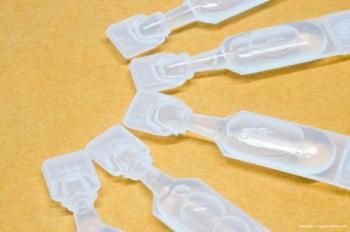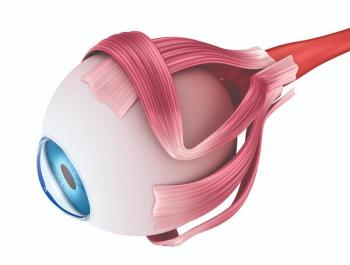
ICYMI: Targeting Pupil Size for Presbyopia Management
Andrew S. Morgenstern, OD, FAAO, FNAP, highlights the importance of reducing pupil size to a certain level to optimize near vision for patients with presbyopia.
Episodes in this series

Barry Eiden, OD, FAAO, FSLS: When we’re talking about reducing pupil size to affect near vision function, there are different ways you can look at it. You can look at absolute pupil size after the effect of a drug. You can look at a percentage reduction in the size of the pupil. Can you comment on the difference between them and why it’s important to reach a certain target?
Andrew S. Morgenstern, OD, FAAO, FNAP: Ultimately, we have to get below a certain level of pupil size to achieve the highest-quality near vision that we can accomplish. Bringing it back to practical clinical talk to patients, we have to let these patients know that even though we’re bringing these pupils down to a certain size—to get that light in, to go parallel, to see clearly—you’re never going to get perfectly clear vision 100% of the time, like when you were 13, 14, 15 years old. But by getting the pupil below a certain level, that optimizes the optical pathway. The percentage reduction of the pupil size isn’t necessarily as important as getting it below a certain millimeter in diameter.
Barry Eiden, OD, FAAO, FSLS: What would that be?
Andrew S. Morgenstern, OD, FAAO, FNAP: Less than 2 mm is what we’re looking for. We’re using a drug to make a miotic pupil. If I say my drug reduces the pupil size by 50%, well if it starts at 10 mm, you’re only down to a 5 mm pupil. You’re not getting the effect you’re looking for. However, if your drug can achieve a certain small diameter, of less than 2 mm, you’re going to have an optimal pinhole effect for near vision. That’s where the overall size vs percentage decrease needs to be understood.
Transcript Edited for Clarity
Newsletter
Don’t miss out—get Ophthalmology Times updates on the latest clinical advancements and expert interviews, straight to your inbox.














































